Text
Everything You Need To Know About Writing Gunshot Wounds
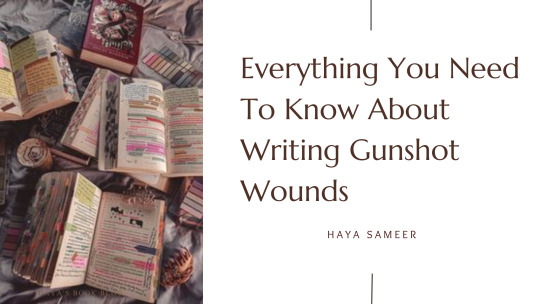
Welcome to the latest installment in my ongoing series on crafting realistic wounds in fiction! After covering stab wounds and burns, it's time to explore the next wound category frequently explored in fiction—gunshot wounds.
Gunshot wounds are a recurring motif in the realm of storytelling. They're something you can easily come across in every genre, however, authors often poorly portray gunshot wounds due to lack of proper research. I understand finding the right resources to aid with your writing can be hard, so here's my comprehensive guide on how to write gunshot wounds.
How To Categorise Gunshot Wounds
There are certain factors you need to consider before writing a gunshot wound. These details are instrumental in crafting a vivid and plausible narrative while avoiding plot holes. The first and most important one is identifying the type of firearm used to inflict the wound.
Picking The Right Firearm
Selecting the appropriate firearm to inflict a gunshot wound is a pivotal decision. It's not just about choosing any gun; it's about picking the right one to align with your desired outcome and the narrative's overall impact. Here's a quick guide on how to pick the right firearm.
The Impact of Firearm Selection
The firearm you choose can significantly influence the severity and appearance of the gunshot wound. Whether your goal is a graphic, gory injury or a precise, long-range shot, the choice of firearm plays a crucial role. Here are some guns you to consider:
Handguns: These are versatile and commonly used in close-quarters combat. They can result in gruesome, close-contact wounds with a higher potential for damage due to their stopping power.
Shotguns: Shotguns disperse shot pellets upon firing, making them suitable for creating a broader pattern of injuries. If you aim to depict a devastating, close-range gunshot wound, shotguns can be a fitting choice.
Rifles: Rifles are known for their accuracy at longer distances. When you need a precise, long-range shot, rifles are the go-to option. They tend to produce a cleaner wound channel, especially when used for a targeted, well-planned injury.
Choosing the Right Firearm for Your Narrative
The type of firearm you select should align with your story's objectives. If you intend to evoke visceral, gory reactions, opt for handguns or shotguns used in close proximity. On the other hand, if precision and long-range engagement are key, rifles can achieve your desired outcome.
Keep in mind that firearm selection can affect the wound's damage, trajectory, and overall portrayal in your narrative.
Categorising The Wound
Once you've identified the type of firearm, you need to establish what type of wound your character will incur.
In order to bring your character's injuries to life, it's important to first identify what you're dealing with. You can do this by categorising the injury based on several factors. For gunshot wounds, this includes the type of firearm used, the bullet's trajectory, and the specific areas of the body affected.
You can categorise your character's gunshot would into seven main categories, here's a quick breakdown of what these categories look like and the level of severity associated with them:
Penetrating Gunshot Wounds: These wounds occur when a bullet enters the body but doesn't exit. The bullet remains inside the body, causing damage along its path.
Perforating Gunshot Wounds: In this case, the bullet enters the body and exits on the opposite side. This type of wound can have a different set of implications due to the bullet's trajectory.
Ricochet Gunshot Wounds: Ricochet wounds happen when the bullet bounces off a surface before hitting the character. The nature of the surface can influence the severity of the wound.
Through-and-Through Gunshot Wounds: As the name suggests, these wounds occur when the bullet enters one side of the body and exits through the other. The trajectory can greatly affect the injury's severity.
Close-Contact Gunshot Wounds: These wounds result from the firearm being fired at extremely close range. The proximity of the gun to the body can lead to unique wound patterns and burn injuries.
Shotgun Wounds: Shotgun wounds differ from those caused by handguns or rifles. The shot pellets disperse upon firing, leading to a broader pattern of injury.
Long-Range Gunshot Wounds: When a character is shot from a considerable distance, the wound might appear different due to factors like bullet tumbling and loss of velocity.
The Anatomy of a Gunshot Wound
To create a vivid portrayal of a gunshot wound, writers need to grasp not only the external appearance but also the internal effects it has on the body. A well-executed description captures both the physical trauma and the emotional turmoil experienced by the character. Here are some symptoms you should take into consideration.
1. External Appearance and Bleeding:
Wound Size: The size of a gunshot wound can vary significantly based on the type of firearm and bullet used. Smaller calibers may leave entry and exit wounds that are relatively small, while larger bullets or high-velocity rounds can create much larger wounds. Be specific about the size, which can help readers visualize the injury.
Blood Loss: Gunshot wounds typically result in bleeding. The severity of bleeding depends on factors like the wound's location, the size of the blood vessels damaged, and the bullet's trajectory. Mention the amount of blood, but avoid excessive gore unless it serves a specific purpose in your narrative.
Coughing Up Blood: If the gunshot wound affects the chest or lung area, characters may cough up blood. This symptom often signifies a more critical injury and can add drama to your story.
2. Internal Damage and Symptoms:
Pain: Gunshot wounds are painful, and the character should express this pain through their actions, dialogue, and internal thoughts. Describe the sharp, burning, or throbbing sensations as they resonate through the character's body.
Shock: Depending on the severity of the wound, shock can set in. The character may appear pale, sweaty, and disoriented. This state of shock can impact their actions and decisions.
Loss of Function: A gunshot wound may impair the use of the injured body part. Describe any loss of function, such as the inability to move a limb or use it effectively.
Fainting: In extreme cases, characters may faint due to the pain, blood loss, or shock. Be sure to contextualize this within the narrative, as fainting can have significant consequences for the character.
By diving into the details of a gunshot wound's anatomy, you can craft a compelling and realistic portrayal that draws readers into the character's harrowing experience. I haven't exactly covered every symptom out there, but these are the major ones you should take into account when writing.
Medical Assessment and Treatment
Once you've established your gunshot wound, it's now time to focus on the aftermath. One of the main factors to consider is the medical process that follows. If your character is supposed to die from the gunshot then you could probably skip this section, but if they're alive here are things you need to consider.
1. Initial Assessment:
Scene Safety: In a real-life scenario, safety is paramount. First responders will ensure the scene is secure before approaching the injured person. Consider factors like the presence of firearms, potential threats, and the safety of medical personnel.
ABCs of Assessment: Medical professionals follow the ABCs—Airway, Breathing, and Circulation. Writers can reflect this in their storytelling by highlighting the character's ability to breathe, cough, or speak after being shot.
Vital Signs: Mentioning vital signs like heart rate, blood pressure, and oxygen saturation can help convey the character's condition and the urgency of their medical treatment.
2. Trauma Assessment:
Focused Assessment: Medical personnel perform a thorough examination to identify the gunshot wound's location, entry and exit points, and any associated injuries. This assessment informs their treatment plan.
Imaging: Depending on the complexity of the injury, X-rays or other imaging may be required to visualize the bullet's trajectory and any potential damage to internal organs or bones.
3. Treatment:
Bleeding Control: Stopping the bleeding is a top priority. This may involve applying pressure, packing the wound, or even tourniquet application in extreme cases.
Wound Care: Depending on the wound's severity, cleaning and suturing may be required. The character's response to this procedure can add an element of realism to your narrative.
Pain Management: Gunshot wounds are excruciatingly painful, and medical personnel will often administer pain relief or anesthesia during treatment.
Monitoring and Observation: Patients with gunshot wounds require careful observation and monitoring for signs of infection, complications, or changes in their condition.
By accurately portraying the medical assessment and treatment of gunshot wounds, you not only enhance the authenticity of your writing but also depict the physical and emotional toll such injuries can take on your characters. This attention to detail helps your readers connect more deeply with the story.
The Psychological Impact
Gunshot wounds don't just inflict physical harm; they also leave lasting emotional and psychological scars. It is important to note that the extent of the psychological impact on your characters will heavily rely on various factors.
For example, you need to consider whether or not this injury is something normal for them. Do they work as a spy, assassin, or other such roles that would mandate such dangerous injuries? You also need to consider who shot them. Does this wound come with emotional damage as well? Think of Aaron Warner’s reaction to Juliet shooting him.
If you’re sure your character will have some extent of a psychological impact, here are some factors you should consider.
1. Shock and Denial:
Immediate Response: Characters who have been shot may initially experience shock and denial. This can manifest as disbelief, emotional numbness, or a surreal sense of detachment from the situation.
Physical Symptoms: Shock can lead to physical symptoms like trembling, chills, or even fainting. Incorporating these details can make the character's reaction more genuine.
2. Fear and Anxiety:
Survivor's Guilt: Characters may grapple with survivor's guilt if they are the only ones to emerge unscathed in a violent encounter.
Anxiety: The threat of recurrence or the fear of returning to the location where the shooting occurred can trigger anxiety and panic attacks.
3. Post-Traumatic Stress Disorder (PTSD):
Flashbacks and Nightmares: Characters who have survived a gunshot wound may experience recurring flashbacks and nightmares, vividly reliving the traumatic event.
Hypervigilance: PTSD can lead to hypervigilance, where characters are constantly on edge, expecting danger at every turn.
4. Depression and Isolation:
Emotional Withdrawal: Characters may withdraw from social interactions, experiencing feelings of isolation and sadness.
Emotional Numbness: Some may describe feeling emotionally numb, unable to experience joy or pleasure.
5. Recovery and Resilience:
Therapeutic Support: In your storytelling, consider how characters seek therapy or counseling to cope with their emotional scars. Therapy can be a path toward recovery and resilience.
By addressing the psychological impact of gunshot wounds on your characters, you create more layered and relatable individuals within your narrative. This depth allows readers to connect with the characters on a profound emotional level.
I hope this blog on Everything You Need To Know About Writing Gunshot Wounds will help you in your writing journey. Be sure to comment any tips of your own to help your fellow authors prosper, and follow my blog for new blog updates every Monday and Thursday.
Looking For More Writing Tips And Tricks?
Are you an author looking for writing tips and tricks to better your manuscript? Or do you want to learn about how to get a literary agent, get published and properly market your book? Consider checking out the rest of Haya’s book blog where I post writing and publishing tips for authors every Monday and Thursday! And don’t forget to head over to my TikTok and Instagram profiles @hayatheauthor to learn more about my WIP and writing journey!
2K notes
·
View notes
Text

happy halloween, sapphics 🩸
patreon // check more of my work on instagram // buy prints here
13K notes
·
View notes
Text
moodboard for writing a transition sentence or paragraph

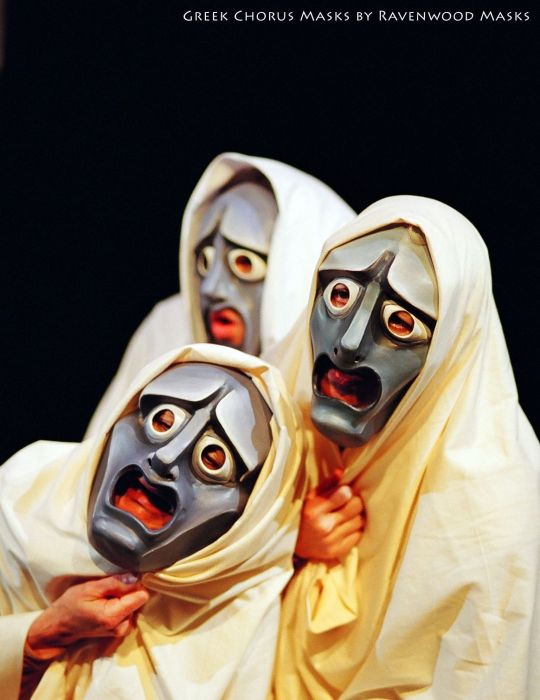


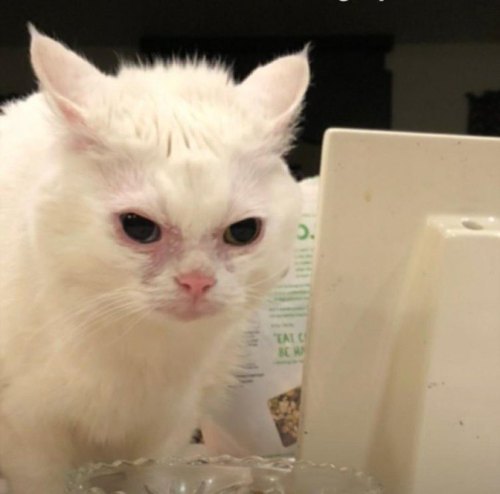

6K notes
·
View notes
Text
The Ultimate (short) Guide to Crafting Captivating Book Titles: A Writer's Journey into Naming Novels
Embracing the Power of a Book Title
Greetings, fellow writers and wordsmiths! As we embark on the magical journey of storytelling, there exists a crucial milestone—bestowing our creations with a name, a title that encapsulates the essence of our narrative. The quest for the perfect title can be as thrilling as drafting the story itself. In this guide, we will unravel the art and significance of titling a novel, exploring strategies, tips, and the creative process behind crafting an engaging and magnetic book title.
Understanding the Importance of a Book Title
The Gateway to Reader Connection
A book title is the beacon that beckons readers to explore the universe you've crafted. It's the first impression, a snapshot that encapsulates the soul of your narrative. A compelling title can captivate an audience, generating curiosity and inviting them to step into the world you've woven within your pages.
Reflecting the Essence of Your Story
A well-crafted title encapsulates the core theme, mood, or central conflict of your novel. It should resonate with the narrative, teasing elements without revealing too much, leaving a trail of intrigue that entices readers to delve deeper.
The Art of Title Creation
Embrace the Journey: Start with a Working Title
Begin with a placeholder, a working title that captures the essence of your story in its rawest form. Let it evolve and grow as your narrative does. This title might serve as a guiding light until you uncover the perfect one.
Exploring the Heart of Your Story
Consider the central themes, characters, or pivotal moments within your book. Delve into the emotional core of your narrative and unearth words or phrases that resonate with its essence.
Utilizing Literary Devices and Techniques
Explore metaphors, alliteration, symbolism, or even poetic verses. Experiment with wordplay, juxtapositions, and contrasts. These literary devices can infuse depth and intrigue into your title.
Testing and Refining Your Title
The Power of Feedback
Share your title ideas with trusted friends, writing groups, or beta readers. Gather feedback on their impressions and the emotions evoked by the titles. Use this input to refine and narrow down your choices.
Alignment with Your Target Audience
Consider your intended readership. Does your title resonate with the genre and expectations of your audience? Ensure it's not only enticing but also aligns with the preferences of your potential readers.
Finalizing the Perfect Title
Distillation of Essence: Keep it Succinct and Evocative
Aim for brevity and impact. A concise yet evocative title can linger in the minds of readers. Often, the most powerful titles are those that say much with few words.
Research and Avoiding Clichés
Investigate existing titles in your genre to ensure your title stands out. Steer clear of clichés and overused phrases, aiming for originality and uniqueness.
Embrace the Artistry of Title Crafting
Crafting the ideal book title is an art in itself. It's the literary cloak that shrouds your creation, inviting readers into the tapestry of your imagination. Embrace the journey of titling your novel with the same passion and creativity you pour into your storytelling. Let the title be a herald, whispering the promise of a remarkable journey that awaits within the pages of your book.
As you venture forth, remember, the perfect title awaits—a key to unlock the hearts and minds of your future readers.
Happy writing and titling!
This comprehensive guide aims to take writers through the journey of creating an impactful and engaging book title, emphasizing the importance of a title and offering practical strategies to craft one that truly resonates with a novel's essence. If you need further insights, examples, or specific advice on any aspect of titling a novel, feel free to delve deeper into each section. Happy titling!
723 notes
·
View notes
Text
Archery information for writers that no one asked for but probably some of you need and I like talking about archery, so here it is.
when you put an arrow on the string, the verb is called “nocking” i.e. eyes glued on the target, he nocked the arrow
also the part of the arrow that gets put onto the string is called the nock. depending on the type of arrow this can be a piece of plastic glued into the arrow, or with wood or bamboo arrows it can be carved into the shaft of the arrow itself
you do not close an eye when aiming or shooting; you see better with both eyes open.
everyone has a dominant eye that more naturally your brain focuses with. that determines whether you are right or left handed when shooting, and doesn’t necessarily correlate to whether the person is right or left handed in anything else
so if you’re writing a character who has difficulty seeing out of one eye, take that into account when they are shooting
if they are right eye dominant, they hold the bow with their left hand and draw the string with their right. if they are left eye dominant, they hold the bow with their right hand and draw the string with their left
if they shoot left, the quiver sits on their left side/hip/thigh. shoot right - right side quiver.
there are several different ways to draw, if you are writing something historical or in a specific region, then do research on that style of archery. but for a generic place to start that is a more universal way of drawing a bow, here are some things to include
the chin stays down. raising your chin will fuck up your aim
the pointer finger on your draw hand rests on the side of your chin/jaw, and the string of the bow will touch the tip of the archer’s nose
weight is on the balls of your feet, leaning slightly forward off your heels
if it is an older bow/barebow, there is not usually a place for the arrow to rest on the bow. this means the arrow rests on the archer’s hand. if they are not wearing a glove on that hand, the fletchings (that’s the feathers on the arrow) will more than likely slice their hand when firing. this scars.
so if you’re wanting to describe someone observing and archer’s hands (hands are hot, don’t @ me) they would see a silver scar about halfway between the pointer finger knuckle and palm of the person’s hand. (turn your hand vertical and trace down the length of your pointer toward your thumb and stop next to the knuckle. that spot there.)
most archers wear something to protect their fingers on the hand that draws the bow. even with that, they have callouses. without it, a lot of callouses, scars, and blisters.
most common draw uses three fingers on the string: pointer, middle, ring. the arrow sits between the pointer and middle. just like where the draw point is, this is not universal and do research if you’re doing something culturally important.
barebow means that the bow is bare of any instruments. no sight, no weights, etc. the most basic/traditional form of bow
a recurve bow is anything where the tips of the bow curve back around forward, away from the archer
a compound is what you think of as a modern hunting bow, and is recognisable by having wheels at the ends and three strings
arrows have three fletchings that form a triangle, the point faces the archer so that the flat of the arrow will pass the flat of the bow on release. the arrow sits on the side of the bow facing the archer
archers with a larger/raised chest will sometimes where a chest protect so that the string does not catch when firing (this is regardless of gender, i know several cis-men who need it as well)
string can also catch on the forearm that is holding the bow and creates bruises and welts if you don’t wear a protector. modern ones are small plastic and cover just the spot, with elastic holding it in place. traditional ones are leather and wrap all the way around, lacing up on the back of your arm like a corset.
there is literally so much more, but i feel like this is plenty to get you started, and as always, feel free to drop an ask in my box if you need something more!
35K notes
·
View notes
Text

It’s an Ursula k le Guin free your mind from the idea of deserving kind of day
32K notes
·
View notes
Text
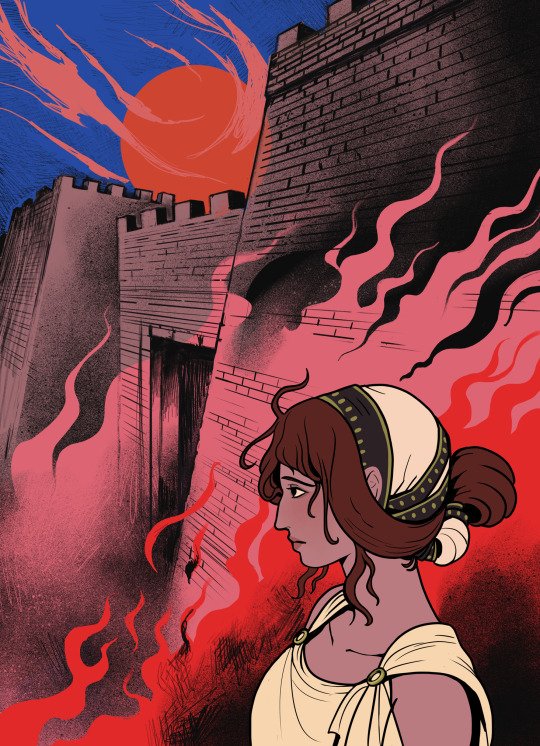
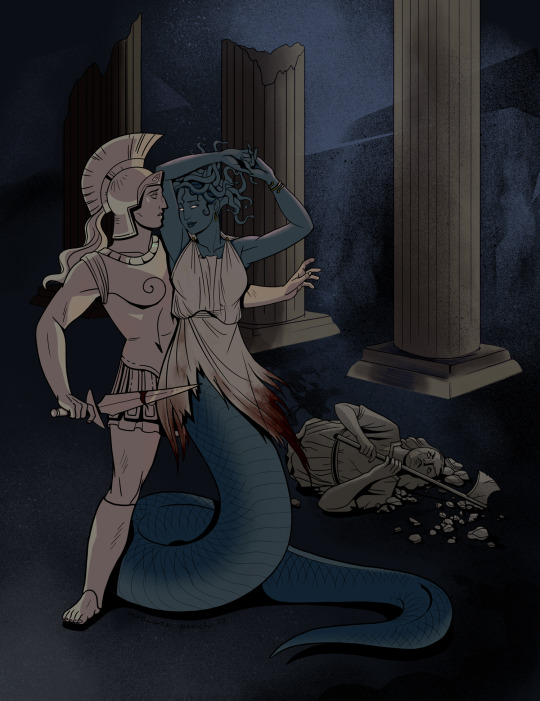





🌿🏺 Classicstober '23 week 1: Cassandra, Medusa, Asterion, Lycaon, Chiron, Medea, Persephone.
971 notes
·
View notes
Text
SloMo WriNo: Finding the Perfect Time to Write
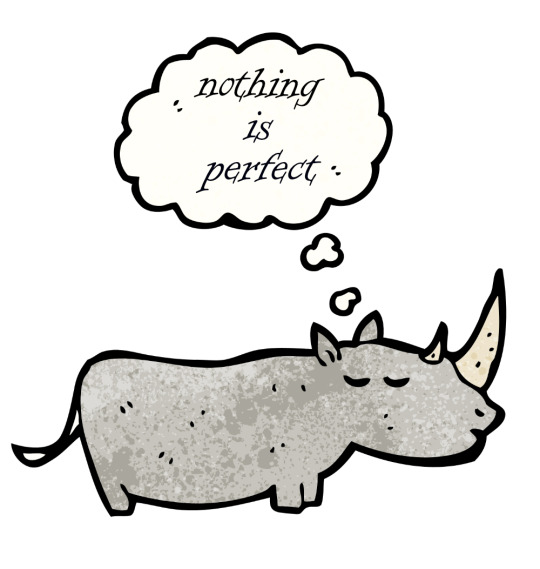
Imagine your perfect writing setting. It’s peaceful and perfect, and the words flow easily.
But reality intrudes. Those perfect moments are hard to find, and, when you find them it can be too much pressure, so the words won’t come. Other times, when the inspiration is strong, and words are ready to pour out of you, you have no time or space to write.
It seems impossible to find both the time and inspiration to write at the same time!
That’s because it is.
To have a consistent long term writing practice, you cannot rely on perfect moments or bursts of inspiration.
I’m going to discuss inspiration in a later post, for now let’s focus on finding the time to write, in less than perfect times and places.
For me, I used to write whenever I could, just squeezing writing time whenever. And I was pretty inconsistent in how much I wrote, and didn’t get much finished.
When I decided I wanted to write a novel I knew I needed to get more organized.
I happen to be something of a morning person, and wake up about half an hour before I actually need to get up. I was in the habit of using that time to lie in bed reading, checking messages, scrolling socials etc. It seemed like a no-brainer to optimize that morning time to write.
However, when I tried, I found that I couldn’t stick with it for more than a couple of days at a time. I was frequently breaking my concentration, and easily distracted. And it felt like a grind. Eventually I realized that I simply did not want to write immediately after waking up. (and my ADHD brain will sabotage any attempt to force myself.) See, even though I’m a morning person, it doesn’t mean that I’m ready to do heavy mental lifting when I first awake. Time for quiet, more passive activities are an important part of me transitioning from sleep to full wakefulness.
But wait! Here I am at 6:30 am writing this! Happily! On a Sunday no less! Because I figured out a work around. Another look at my schedule showed me that I had another block of seemingly unused time. The later evenings after my kids are in bed. I’d dismissed that time period because I’m generally too brain tired to do anything productive. The solution was to use that time for sleeping (boring I know) enabling me to wake earlier, keep my gradual wake up routine, and still have time to write.
Strangely enough, knowing that I’m going to write in the morning is incentivising for me, and I find that I simply don’t want to stay up as late anymore. Because I have a fun reason (yes, writing is fun!) to go to sleep.
Now this little story might be helpful for you if you’d like to write first thing in the morning. If the idea feels like torture, then perhaps not.
But the idea is, assess your daily time, and cut something that isn’t refreshing or valuable. And possibly jiggle your schedule around so that you can open up a block of writing time at a time that is good for you.
For me that was the mindless doom scrolling or binge watching that I tend to indulge in after 10pm.
Some times that might work for you (besides the obvious first thing in the morning or last thing before bed): Commute time, Arriving at work or school or other daily appointments early, lunch or other break times in your day, time while you’re waiting. Remember, you’re not looking for massive blocks of time. Fifteen minutes will do. Thirty minutes would be amazing.
So examine your schedule and see where you can block out a regular time to write.
Once you’ve found a few options, try them out. Do you feel good, or harried? Tired or refreshed? If it doesn’t feel right, is there another task you can swap into the time slot to open up a different spot in your schedule?
Which leads us to the question: does this mean I need to write every single day?
Absolutely not. Take rest days when you need them. Either a scheduled day or two each week, or just a floating flex day taken when needed.
Focus on establishing a habit of writing for at least fifteen minutes 5-6 days a week. (And don’t worry about word counts too much while you’re figuring this out.)
Once you create a habit, the words will come!
— Maree
SloMo Wrino Introduction
Setting Word Count Goals
the WIP Project discord
55 notes
·
View notes
Photo

I love this sentiment because it’s so easy to explain.
21K notes
·
View notes
Text
thinking about the expression, "you can't see the forest for the trees" and how the writing version is probably "you can't see the story for the edits" - or whatever other small detail it is that we can sometimes get caught up in
so this is just a reminder for anyone who's stuck on a single paragraph or can't get past that one word: what's the story that you're telling? the story is way more important than any individual word or phrase
2K notes
·
View notes

